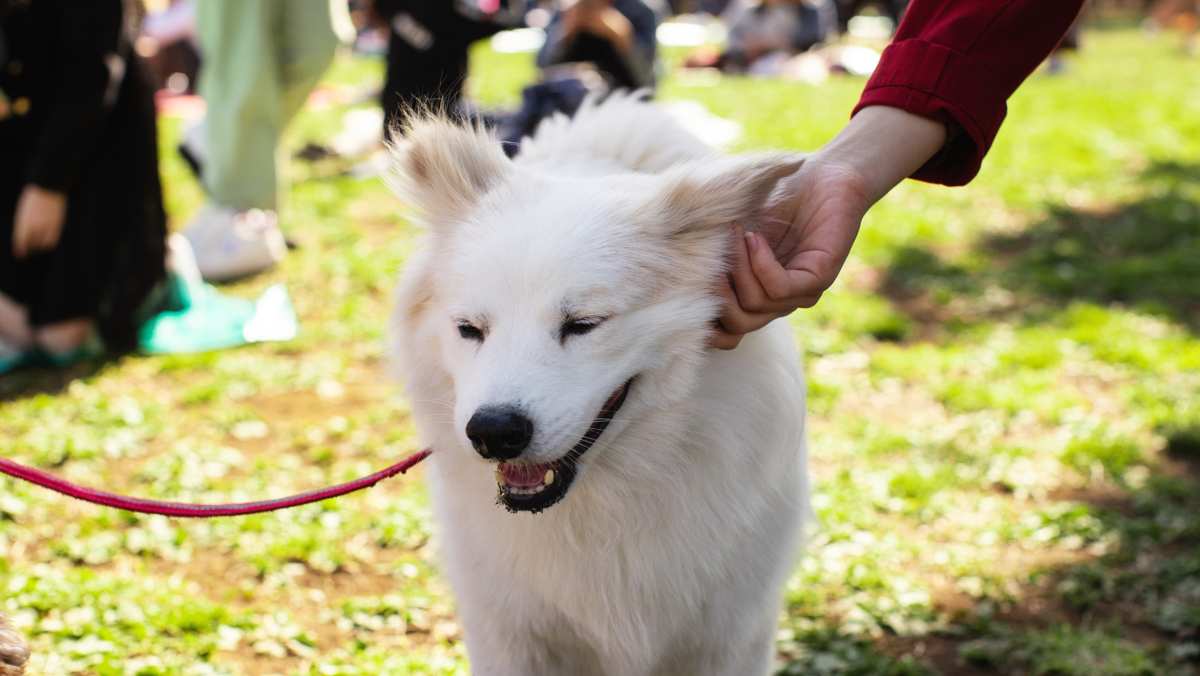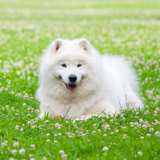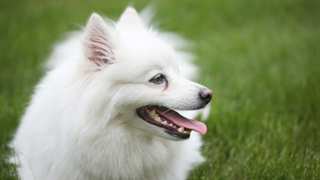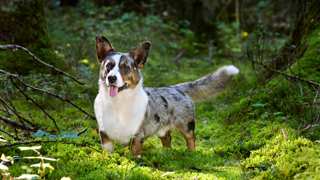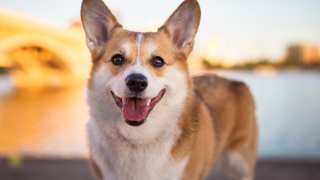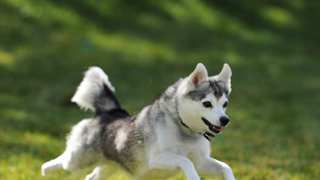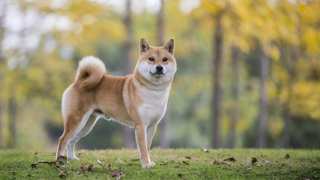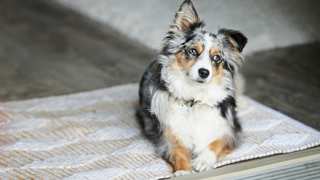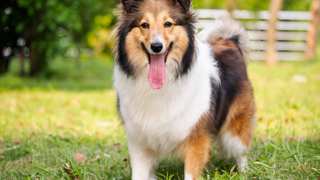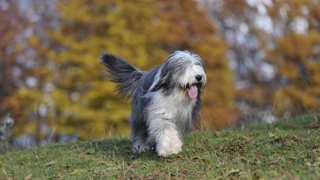Like that of all breeds, Spitz food will need to include plenty of animal proteins and carbohydrates for energy, vitamins and minerals for digestive and immune health, and omega fatty acids for coat and skin wellness. This means the best American Eskimo Dog food choice is premium dry kibble, as it contains balanced portions of the above-listed nutrients your Eskie will need to remain healthy.
Depending on its size variation, the typical adult Eskie will need 1½ cups at the most of premium dry food per day, divided into two meals. Puppies will need a little less: again depending on age, about one cup per day, divided into three meals (not two) until six months of age.
For more info on Spitz dog food portions from puppyhood through maturity, refer to this feeding chart. (NOTE: The chart is for a 20-pound dog. Your Eskie will need a bit less or more depending on its adult size.)
American Eskimo Dog Feeding ChartDog AgeDog WeightFood TypeAmountFrequency7-8 Weeks3 lbsDry (Puppy formula)6-8 pieces3x/day3 Months6 lbsDry0.2 cups3x/day6 Months12 lbsDry0.33 cups3x/day8 Months16 lbsDry* (Puppy/Adult)0.6 cups2x/day10 Months+20 lbsDry (Adult formula)0.75 cups2x/day*--Around this time, transition to adult food by first mixing in a bit of adult formula with the puppy formula. Over the course of a week, with each meal add a bit more adult food to the mixture, until the dog is eating it entirely.
If possible, try and stick to the above-listed portions (or corresponding ones if your Eskie is smaller or larger). If constantly overfed and under-exercised, these dogs will quickly become overweight--and a fat Eskie will have joint, breathing, and digestive problems, not to mention a potentially shortened lifespan. You can help control your Eskie's weight by establishing consistent feeding and exercise schedules, by not feeding the dog table scraps, and by not leaving food in the dog's bowl all the time, thereby allowing to eat whenever it wants. It's better to put your Eskie's bowl down only at mealtimes, then pick it up a few minutes after the dog begins eating.
If you're worried your Eskie is overweight, give the dog this simple test: run a hand along its side, and if you can't feel any ribs, it's diet time. Reduce the dog's daily food consumption by one-fourth, and add an extra walk, jog, or play period to its daily exercise schedule.
